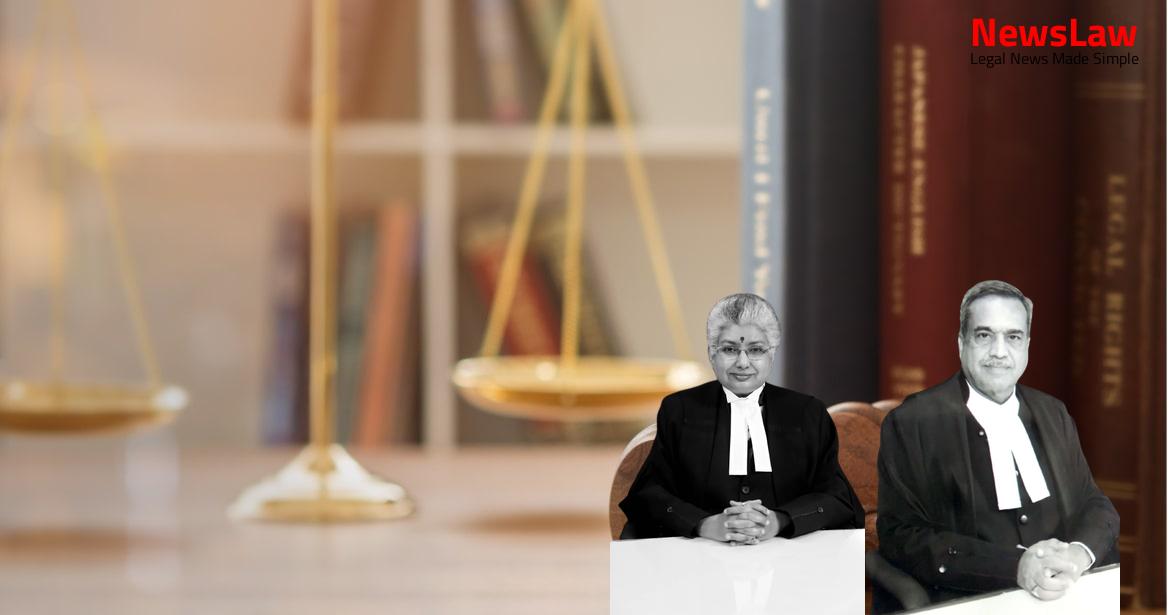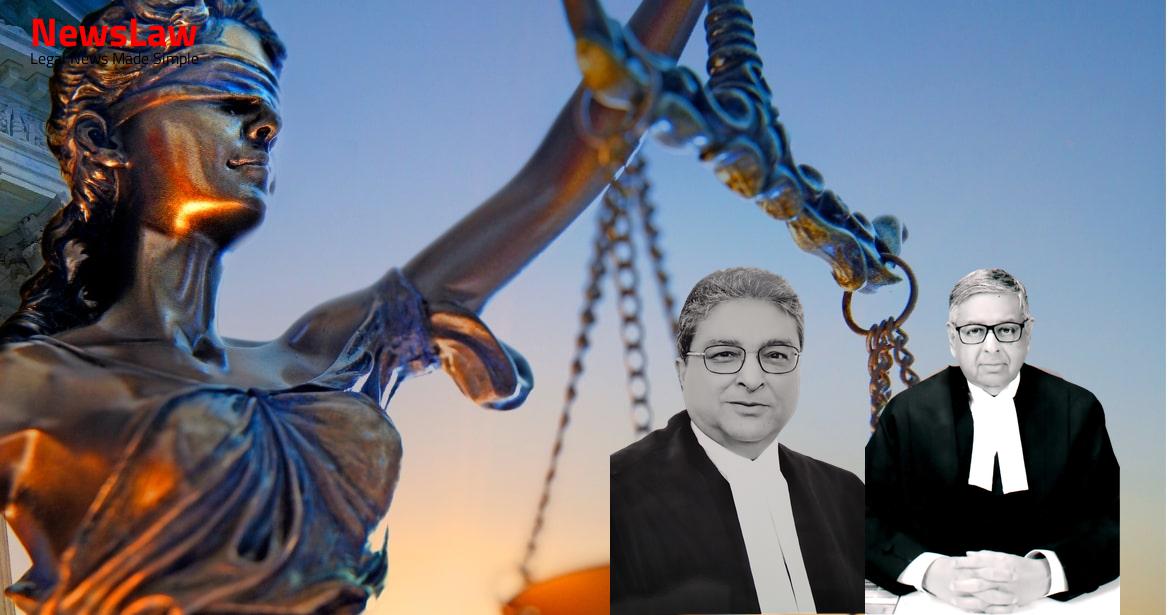In the case of State vs. Mr. X, the Supreme Court of India has made a significant ruling regarding the use of circumstantial evidence in criminal trials. The case involved the respondent Mr. X and the petitioner State. Despite arguments from Mr. X’s counsel, the court upheld the decision of the lower court, highlighting the challenges of proving guilt in cases based on circumstantial evidence.
Facts
- One firearm injury found on the deceased with an entry and exit wound.
- Appellant reported three hooligans entering his house to abduct him, leading to a scuffle where his wife was shot dead.
- Appellant convicted under Section 302 IPC for life imprisonment and Section 25 of the Arms Act for one year.
- The appellant was convicted based on the evidence presented.
- The trial court’s decision was upheld by the High Court.
- The specific part (RLC) of the judgment was considered in the conviction.
Also Read: Interpretation of Lease Agreement and Compulsory Registration
Arguments
- Dr. Surender Singh Hooda, counsel for the appellant, argued that this case involves circumstantial evidence.
- Counsel for the State and relative of deceased argue that appellant’s motive is proven by the Life Insurance Policy he took out in deceased’s name recently.
- Appellant’s conviction is unsustainable and he should be acquitted due to lack of conclusive evidence.
- Disbelief in recovery of the pistol based on appellant’s confession under Section 27 of Evidence Act.
- Entry by outsiders theory rejected due to lack of evidence.
- Appellant, being alone with deceased at the time of occurrence, bears onus of explaining circumstances under Section 106 of Evidence Act, but fails to provide a plausible defense.
Also Read: Enhancing Compensation and Modifying Sentences: A Legal Analysis
Analysis
- Deceased had only one entry and exit wound
- Appellant’s defense of unknown intruders disbelieved
- No damage found on the wall to support intruders’ entry claim
- Inmates of the house expected to provide a credible explanation
- No independent defense evidence presented by the appellant
- Inconsistent statements regarding number of intruders cast doubt on the defense
- Lack of plausible explanation for the need to shoot the deceased
- No details provided about the alleged intruders’ physical features
- Prima facie case established by the prosecution
- Onus shifted to the appellant to explain the circumstances of the death
- Failure to provide evidence or complaint to support false implication claim
- Contradictory statements regarding who informed about the deceased
- Freshly dug earth where pistol was recovered raises suspicion
- Absence of disturbance in the courtyard questions the defense’s credibility
- Appellant’s attempt to mislead with false evidence noted
- No explanation provided regarding the appellant’s complaints against the police
- Inconsistencies between FIR and appellant’s deposition raise doubts
- Lack of motive or enmity mentioned for the alleged intruders’ actions
- Sudden LIC policy on deceased wife’s name raises suspicion
- Offences occurring inside a house with assailants having the opportunity to plan and commit the offence pose challenges to prosecution in establishing the guilt of the accused through circumstantial evidence.
- Strict adherence to the principles of circumstantial evidence makes it extremely difficult for the prosecution to prove the guilt of the accused in such cases.
- A judge presides over a criminal trial not only to ensure no innocent person is punished but also to prevent a guilty person from escaping justice.
- The prosecution is not required to present evidence that is nearly impossible or extremely difficult to obtain.
- The duty of the prosecution is to present relevant and admissible evidence to prove the guilt of the accused beyond a reasonable doubt.
- The conviction of the appellant was upheld with no interference by the court.
- The High Court failed to acknowledge the trial court’s reasoning regarding the denial or coercion of signatures on the recovery memo.
- All evidence pointed towards the guilt of the appellant solely.
- The absence of a Forensic Science Laboratory (FSL) report was noted as a flaw in the investigation process.
Also Read: SPML Infra Limited vs. Govt. of Arunachal Pradesh
Decision
- The appeal filed by Mr. X is dismissed
- The decision of the lower court is upheld
- The judgment of the lower court is affirmed
- No new evidence or compelling arguments were presented to warrant a different outcome
Case Title: NAWAB Vs. THE STATE OF UTTARAKHAND (2020 INSC 78)
Case Number: Crl.A. No.-000884-000884 / 2013



